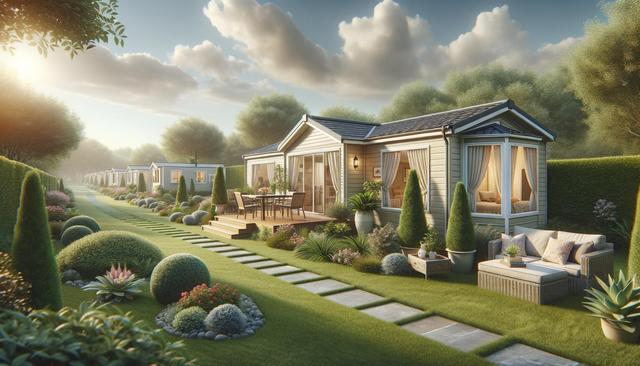Understanding the Need for Budget-Friendly Senior Living
As individuals age, housing needs often shift toward more accessible, manageable, and financially sustainable options. Budget-friendly senior living apartments are designed to meet these requirements while maintaining a sense of independence and community. These residences typically offer features that cater to the unique needs of older adults, such as ground-level access, safety enhancements, and proximity to essential services. The demand for such housing continues to grow as more seniors seek environments that support their lifestyle without overwhelming financial commitments.
For many seniors on fixed incomes, affordability is a primary concern. Rising costs of living and healthcare make it necessary to find living arrangements that strike a balance between comfort and cost-efficiency. Fortunately, there are numerous solutions available that do not compromise on safety, convenience, or social opportunities. From subsidized housing programs to privately managed low-rent apartments, the landscape of senior housing is evolving to become more inclusive and accommodating.
Key Features to Look for in Affordable Senior Apartments
When searching for budget-friendly senior living apartments, it’s important to consider more than just the rental price. A well-suited apartment should also offer features that enhance everyday living and support aging in place. Here are some key amenities and services to look for:
- Accessibility features such as elevators, wheelchair ramps, and walk-in showers
- On-site maintenance and emergency response systems
- Community spaces for social interaction and events
- Proximity to healthcare facilities, grocery stores, and public transportation
In addition to these physical features, many senior living communities place a strong emphasis on fostering a sense of community and well-being. This can include scheduled activities, wellness programs, and communal dining areas. These elements contribute to a more enriching and supportive environment, which is particularly important for seniors who may be at risk of isolation or limited mobility.
Types of Budget-Friendly Senior Housing Options
There are multiple types of senior housing options available to suit different needs and financial situations. Some of the most common include:
- Subsidized Housing: Government programs offer income-based rent for seniors through public housing authorities or nonprofit organizations.
- Independent Living Communities: These are designed for active seniors and often include amenities like housekeeping, meal services, and transportation, all at a manageable cost.
- Co-housing or Shared Apartments: Seniors share housing with peers to reduce costs and enjoy companionship.
- Mobile or Manufactured Homes: These can present a more permanent yet affordable living arrangement in a community setting.
Each option presents different advantages and limitations depending on the individual’s health, mobility, and financial situation. It’s crucial to assess long-term sustainability and personal preferences when choosing the right type of housing.
How to Find Affordable Senior Living Apartments
Locating a senior living apartment that fits both your budget and lifestyle can be a challenge, but there are resources and strategies that can help. Start by exploring local housing authorities and nonprofit organizations that specialize in senior housing. These entities often maintain lists of available units and can help with applications for subsidized housing programs.
Here are some steps and tips to simplify the search process:
- Use online directories that filter by age-restricted and income-based housing
- Visit local senior centers for advice and printed resources
- Contact social services for assistance with applications and eligibility verification
- Consider working with a housing counselor who understands the senior housing landscape
Networking through community groups or religious organizations can also uncover hidden opportunities or upcoming vacancies. Patience and persistence are key, especially in areas with high demand for affordable housing.
Making the Transition Smooth and Comfortable
Once you’ve identified a suitable apartment, planning the transition carefully can help reduce stress and ensure a smooth move. Downsizing is often part of the process, so focus on keeping items that are essential or emotionally significant. It’s also important to involve family or trusted friends who can assist with logistics and provide support.
To ease the transition:
- Visit the apartment in advance and take measurements for furniture placement
- Label boxes clearly and create a checklist for moving day
- Set up utilities and change your address with relevant services and contacts
- Attend community events to get acquainted with neighbors and available resources
Adjusting to a new living space may take time, but many seniors find that the benefits—reduced financial strain, enhanced safety, and increased social opportunities—make the change worthwhile. Building a comfortable daily routine and getting involved in community activities can help make the new apartment feel like home.
Conclusion: Empowering Seniors with Smart Housing Choices
Affordable senior living apartments offer more than just a place to stay—they provide peace of mind, security, and a chance to thrive in later years. By understanding the available options, evaluating key features, and using local resources, seniors can make informed decisions that align with their financial and lifestyle goals. A well-chosen living arrangement can lead to improved well-being, greater independence, and a supportive community that makes aging a more positive experience.


